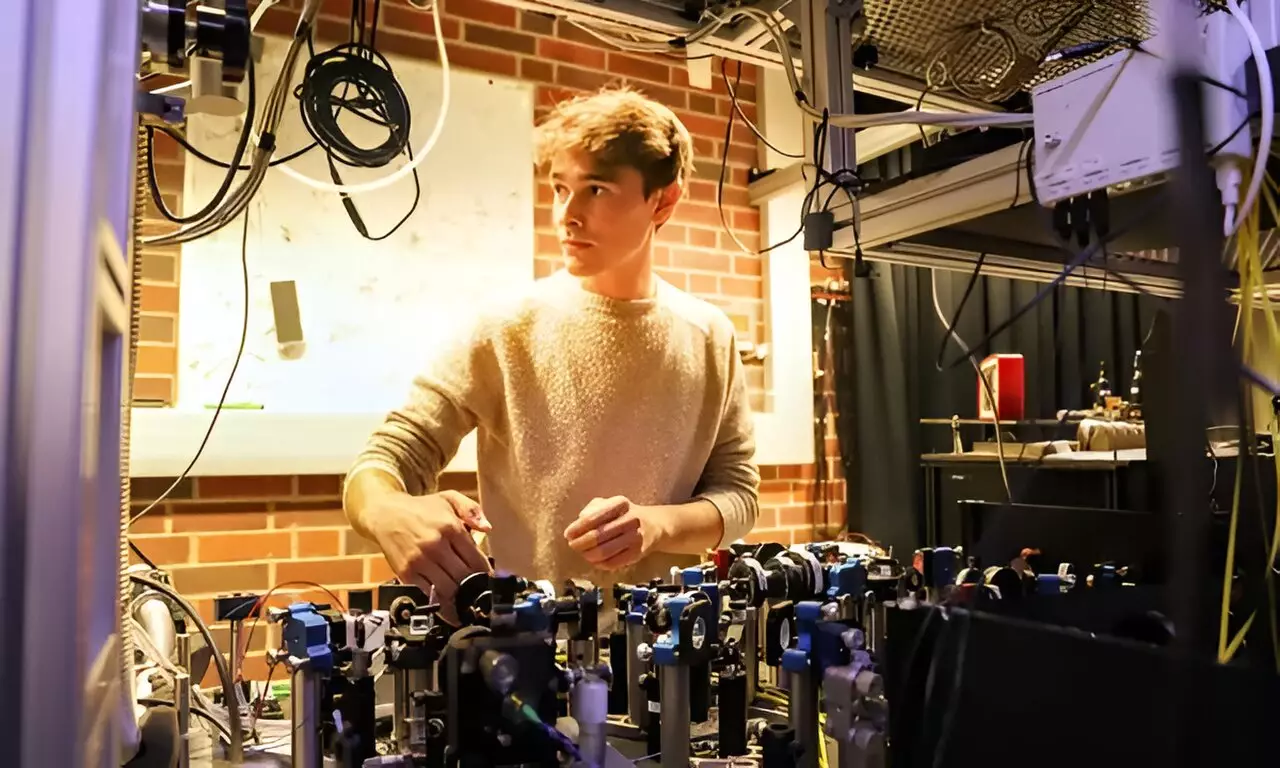The research on quantum mechanics has consistently opened doors to understanding the intricate behaviors of nature at the atomic and subatomic levels. A recent investigation undertaken by a team led by Robert Keil and Tommaso Faleo from the Department of Experimental Physics has brought to light important revelations about multi-particle quantum systems, particularly how entanglement and interference are intricately linked. In collaboration with researchers from the University of Freiburg and Heriot-Watt University, this study has provided a fresh perspective on how interference patterns arise when several particles engage in quantum interactions, thus expanding our knowledge of entangled states beyond the two-particle paradigm.
The Complexity of Quantum Interference
In classical physics, interference occurs when waves interact such that their amplitudes combine—either coherently or destructively. This concept translates into the quantum realm, where probability amplitudes of various potential outcomes govern the relationships between quantum entities. When two photons interfere, as first illustrated through the Hong-Ou-Mandel experiment in 1987, their indistinguishability lays the groundwork for myriad optical quantum technologies. However, the dynamics become drastically more elaborate when we venture into systems involving more than two particles.
The sheer complexity introduced by including more particles necessitates a revised approach to understanding these interference patterns. In their recent findings, Keil and Faleo discovered that the interference effects seen in multi-photon experiments do not solely rely on the particles’ individual quantum states but also hinge upon the entanglement shared among them. This revelation illuminates how these intricate relationships can influence the final interference pattern produced in a multi-particle setting, setting the stage for deeper inquiries into quantum mechanics.
Entanglement, defined as a quantum phenomenon where multiple particles become interconnected in such a way that their states cannot be expressed independently, brings forth a layer of complexity that perplexed early quantum physics researchers. This principle remains pivotal in the area of quantum computing, cryptography, and teleportation. By probing into its effects within multi-particle systems, Keil and Faleo have provided a fresh understanding of how entangled pairs introduce correlations across separate locations, thereby challenging our preexisting notions of spatial separability.
As Faleo explains, the research team sought to understand the unique characteristics of interference patterns stemming from entangled states. Specifically, they aimed to discern how collective interference effects may emerge when groups of particles interact while in states of entanglement. This investigation opens a new chapter in the ongoing exploration of quantum mechanics and its implications within the realm of quantum technologies.
One of the groundbreaking results of this research concerns the collective interference effects that arise through particle entanglement. The interconnectedness of entangled particles creates a scenario where interference patterns are influenced not just by the behavior of individual particles, but also by the relationships they share. This leads to a richer and more nuanced understanding of how these phenomena manifest.
The researchers identified that when entangled particles interact, they maintain coherence across distinct spatial domains, leading to interference patterns that are not observable if certain particles are withheld from the dynamic. This insight emphasizes the holistic nature of interference in multi-particle systems, and how it defies our conventional understanding of quantum interactions.
The implications of these findings extend far beyond theoretical insights; they may pave the way for advancements in quantum technologies, where control over complex quantum states is paramount. Understanding how entanglement and interference converge in multi-particle systems can lead to enhanced methods for implementing quantum communication protocols and developing sophisticated quantum computing architectures.
The exploration of entanglement and interference in multi-particle quantum systems not only enriches our fundamental understanding of quantum mechanics but also promises to impact practical applications in the burgeoning domain of quantum technologies. As researchers continue to delve deeper into these mysteries, the implications will undoubtedly reverberate throughout the scientific community, fostering innovations that align with the principles of quantum physics. This ongoing journey into the depths of observable reality still holds many surprises and discoveries ahead.


Leave a Reply